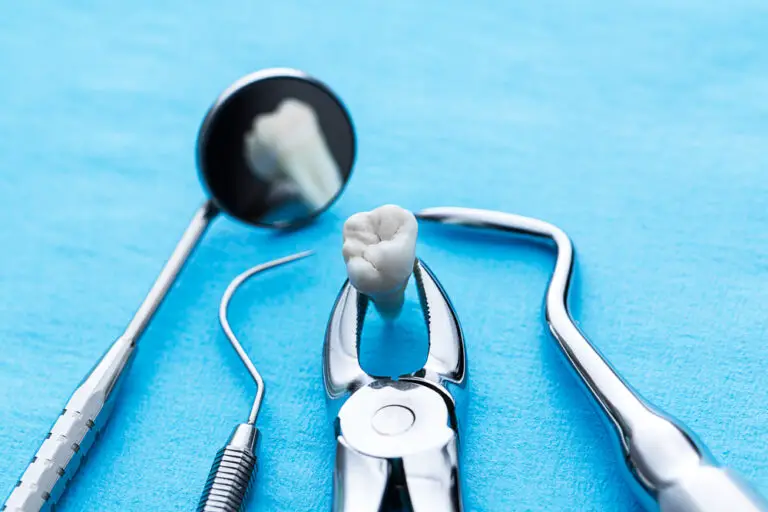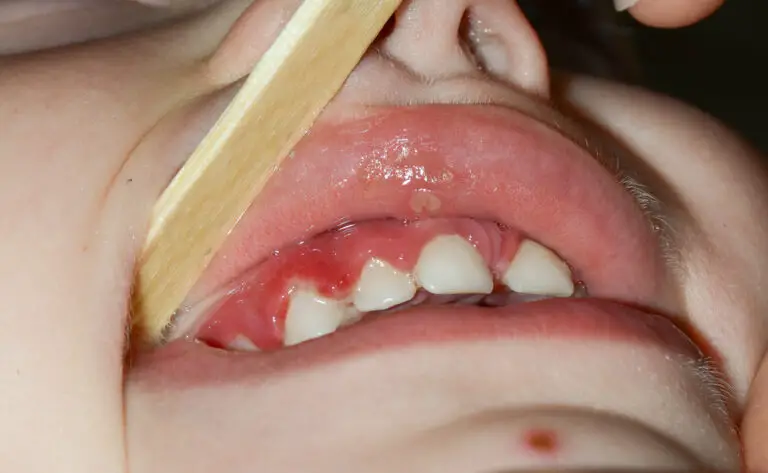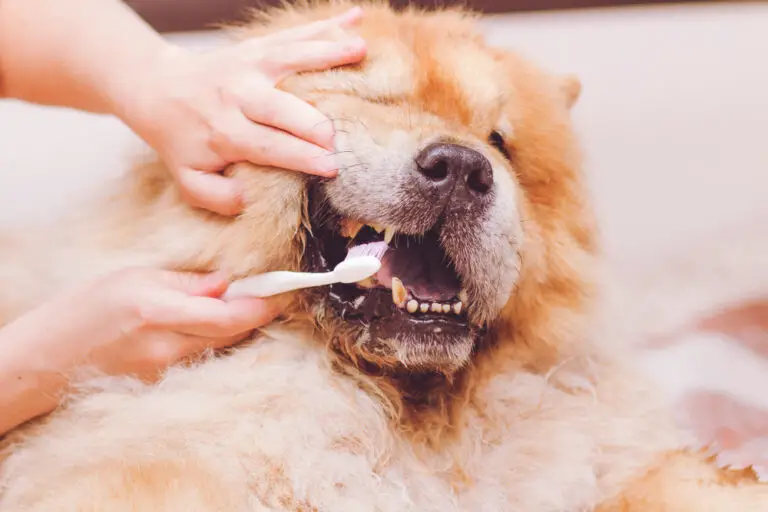Are you interested in the number of teeth snakes have? Well, we are happy you found us.
Without a doubt, snakes are interesting creatures. Sure, they might send shivers down your spine. But we can both agree that they are mysterious. And in a funny way mesmerizing.
Rocking vibrant scales and gliding effortlessly, snakes look like creatures that can only exist in a fictional world. But surprisingly, they have been around for millions of years, constantly adapting to the diverse environments across the world.
Today, we are going to solve one intriguing mystery about snakes. Do they have teeth? If they do, how many teeth do they have?
Discover the answers to these questions and more in this comprehensive guide. The guide highlights the secrets hidden within a snake’s mouth. It also helps you to better understand this animal’s dietary preferences.
Let’s begin!
Do Snakes Have Teeth?
Snakes exist nearly everywhere in the world, except in New Zealand, Antarctica, Hawaii, and Greenland.
These gliding creatures evolved from the toothed lizard. Even though they lost their limbs, they retained their teeth.
So, yes, snakes have teeth.
However, their dental makeup varies from their mammalian counterparts. Instead of a comprehensive set of teeth, these animals come with several specialized teeth. These teeth are all the same (uniform)–there are no sharper teeth in the front or blunt molars at the back like in dogs.
What’s more, their teeth are not rooted in sockets like in us, instead, they’re attached to their jawbone. Additionally, snake teeth can grow up to 2 inches long, like in Gabon Vipers, but this applies to the fangs mostly.
How Many Teeth Do Snakes Have?
Snakes can have anywhere from 100 (king cobras) to 200 small teeth ( boa constrictors) growing in multiple rows.
No matter the quantity, each tooth in the snake’s mouth plays a part in promoting the animal’s survival. But more on that later.
At the moment, let’s discuss the type of teeth present in snakes. As you will notice, we will focus more on the snake fangs.
1. Aglyphous Teeth
Aglyphous refers to teeth without groves or venom-injecting fangs. All teeth are uniform; long, thin, conical-shaped, and sharp. Additionally, the teeth point backward, with two rows lining the top jaw and one on the bottom jaw.
Aglyphous teeth help snakes grip and lock the prey in place during swallowing. They are prominent in non-venomous snake species, including pythons, great boas, and North American King snakes.
2. Solenoglyphous Teeth
Next on our list are the solenoglyphous teeth, common in venomous snakes like pit vipers, puff adders, and rattlesnakes. These snakes feature sharp, hollow, or tubular fangs capable of retracting into the roof of the mouth.
Whenever the snakes attack prey, the fangs flip out like a switchblade stabbing the prey. The teeth penetrate deep into the victim, delivering large quantities of venom from the venom gland via an opening at the front.
Since the fangs are only used when the need arises, they can grow longer. Sometimes, they can take up half of the skull’s length.
Oftentimes, snakes with these fangs strike their victim, inject the venom, and back off, waiting for the toxin to take its effect.
3. Proteroglyphous Teeth
Proteroglyphous fangs are common in members of the Elapidae family, which includes cobras, coral snakes, mambas, and taipans.
These fangs sit at the front of the upper jaw, pointing downwards. They are enlarged, short, and hollow. And unlike solenoglyphous fangs, these are not hinged, meaning they don’t extend outside the mouth. However, they fit into grooved slots in the buccal floor when the snake closes its mouth.
For maximum venom delivery, proteroglyphous snakes must strike fast and hang onto their prey. Some species even constrict their target to kill them more effectively. Others, like the spitting cobras, use modified fangs (with forward-facing holes) to spray their venom at victims at high velocity.
4. Opisthoglyphous Teeth
Last, we have Opisthoglyphous snakes. These snakes have specialized venom-injecting fangs at the rear end of their mouth on the upper jaw. The fangs are enlarged and grooved to deliver powerful toxins and immobilize elusive victims.
Opisthoglyphous snakes must open their mouth wide (up to 170 degrees), bite the victim and hang on to them. This makes sense because it allows them maximum time to move the prey into the back of the mouth and inject the venom.
Snakes with this type of dentation include the African Boomslang, whose bites deliver powerful hemotoxic. This potent venom attacks and destroys the red blood cells, causing the circulatory system to collapse. There’s no known antitoxin from this venom yet.
Besides Boomslangs, we have bird snakes and hognose snakes.
Tooth Arrangement and Dental Variation in Snakes
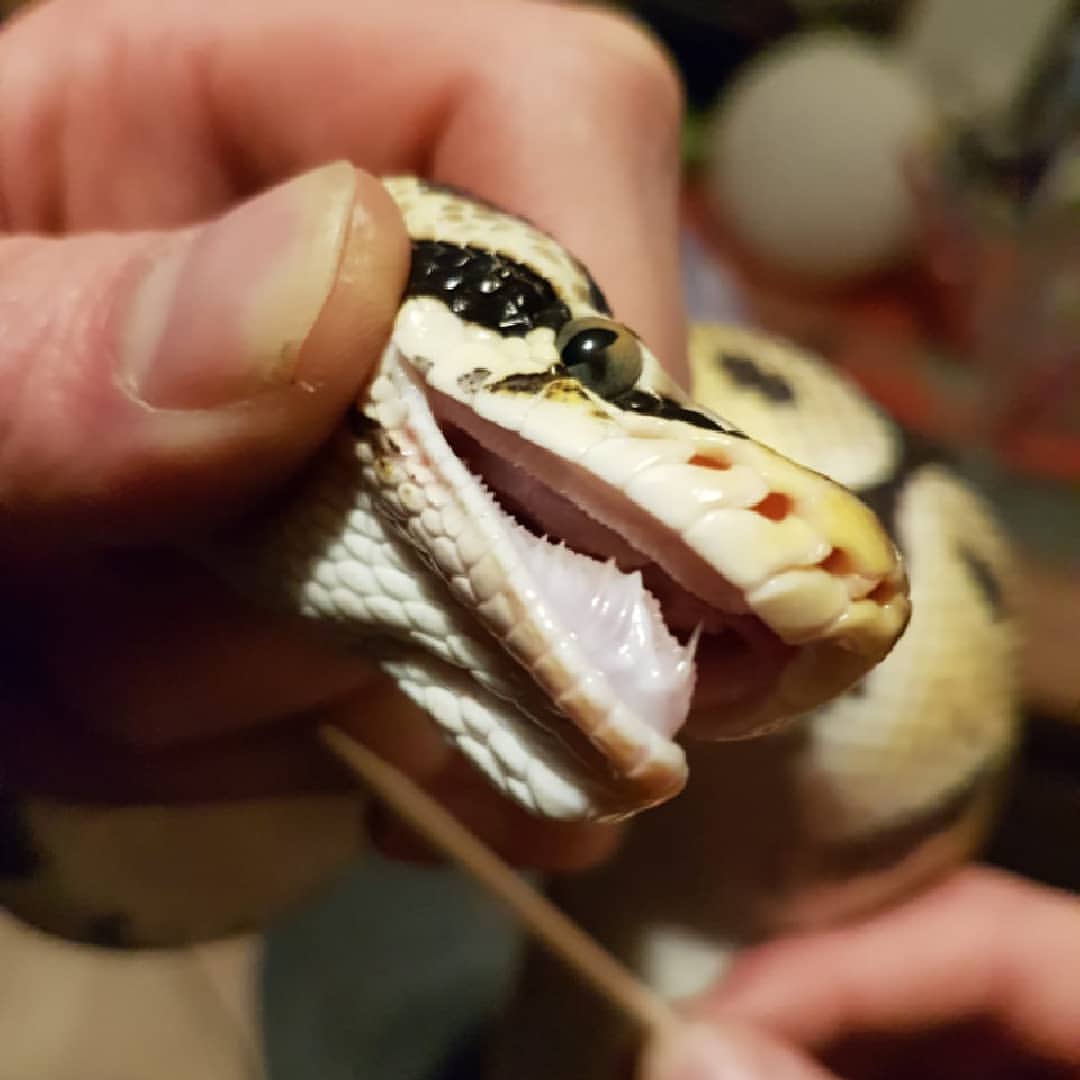
Snakes grow teeth in four rows on the top jaw and two on the bottom layer. This explains why some species can have up to 200 to 300 small, uniform teeth.
But that’s not even the interesting part: Snakes are polyphyodonts like piranhas, sharks, and alligators. That means they have multiple sets of replacement teeth. Humans are diphyodont, meaning they only grow and use two sets of teeth.
In simple terms, they can grow many sets of teeth to replace broken or lost teeth. This cycle allows snakes to maintain an efficient dental arsenal throughout their lives.
That said, let’s look at the dental variation in snakes.
Over 3000 snake species call Earth home. These creatures inhabit diverse habitats, which result in a remarkable array of dental adaptations.
Generally, tooth placement and the number of snake teeth are highly influenced by their diet. For instance, snakes that eat snails often have fewer teeth on the left side of their mouth than on the right side. The reason is, this dentation configuration allows them to swallow the snail with its shell.
On the other hand, egg-eating snakes have fewer teeth to accommodate even larger bird eggs. They also have bonny projections that extend into the esophagus and serve to break hard shells and squeeze the egg’s content.
Thanks to these dental adaptations, snakes can thrive in a wide range of habitats and execute their ecological roles.
Role of Snake Teeth
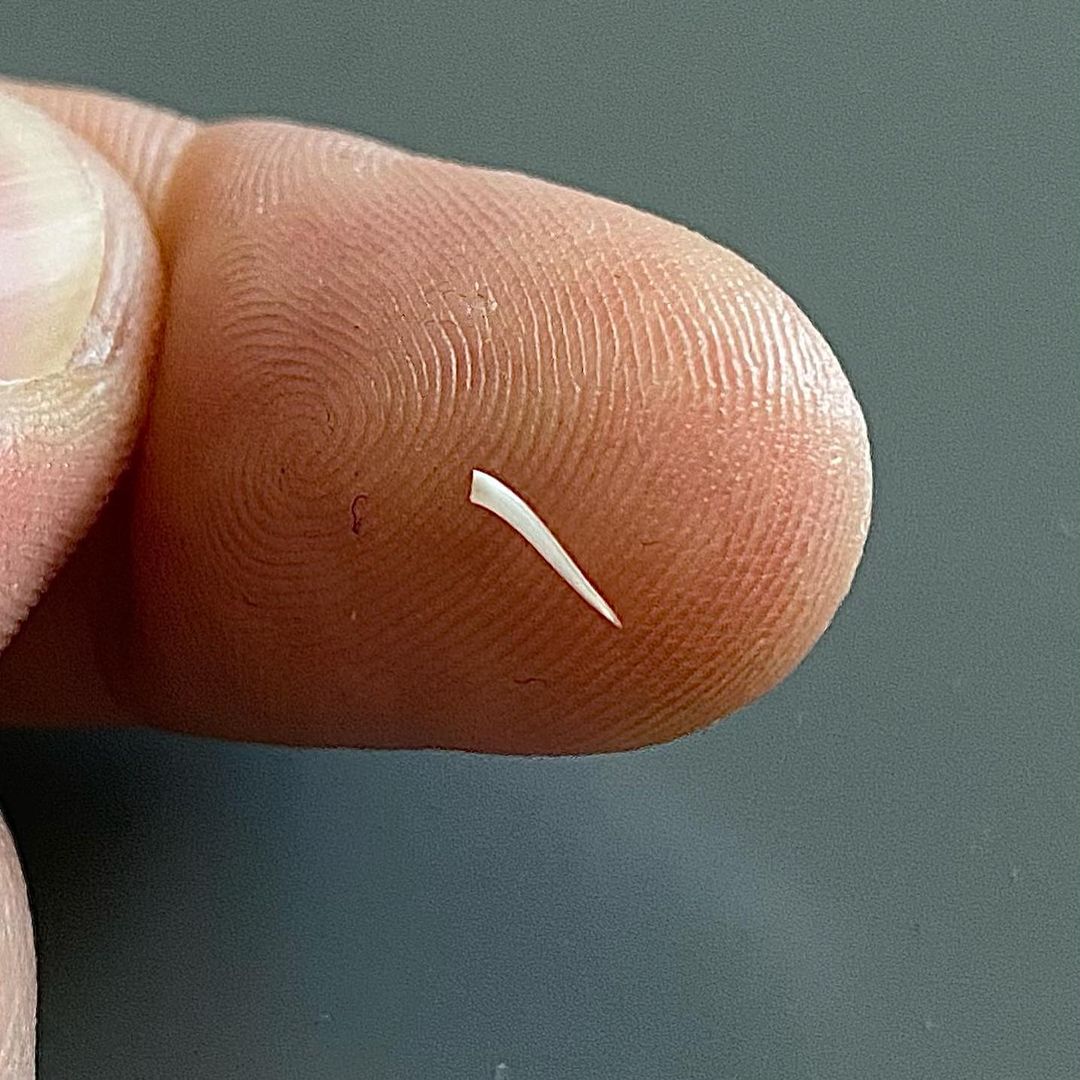
1. Feeding
It’s no surprise that snakes stand out for their ability to hunt and consume prey twice their body size. But what makes this possible is their teeth.
Unlike humans, snakes don’t use teeth to chew. Instead, they use them as grappling hooks to latch on unsuspecting targets securely.
Snakes their long fangs to inject their prey with venom to incapacitate or kill them. Species that don’t have fangs like boa constrictors use their small, hook-shaped teeth to hold and overpower their prey.
After that, it wraps its muscle around its victim and squeezes it to death. The muscles also hold the prey in place to allow the snake to ingest it.
2. Defense Mechanism
Aside from feeding, snakes use their teeth as a defense mechanism. In case of a threat, venomous snakes show off their large formidable fangs as a warning. If they feel challenged, the snakes can bite to neutralize potential threats.
Non-venomous snakes can also use their teeth to hiss or bite to ward off predators.
In addition to teeth, snakes also employ other effective defense strategies, including:
- Mimicry–King snakes usually mimic the Coral snake, a venomous snake species
- Hiding–Most snakes will glide away and hide beneath rocks or logs
- Foul Smell–Some snakes discharge unpleasant scents to keep predators away
- Balling–Rubber Boas will roll up into a ball, hide its head, and poke out its tail
- Hissing–Snakes often hiss when threatened by intruders or predator
FAQs

1. What are snake teeth made of?
Like human teeth, snake teeth are made from enamel, a strong, natural, and durable material. However, the fangs are not as solid as the rest of the teeth. Instead, they’re hollow with an opening at the end, where the venom exits and enters the prey.
2. Are snakes born with teeth?
Yes! Baby snakes hatch with their teeth already grown. This way, they can fend for themselves because most mother snakes rarely hang around to take care of them.
3. Which snake has the most teeth?
Boa constrictors have 200 or more. Since they are non-venomous, the snake uses these teeth to grab and hold on to the prey as it constricts it. Some snakes, like blind burrowing snakes, can have as few as 20 teeth or fewer.
Closing Thoughts
Finally, you’ve reached the end of our piece. We hope it was interesting and not super long.
But before you go, let’s remind ourselves what we have learned. First, snakes have different types of teeth. However, the placement and number of teeth vary depending on the snake’s diet.
We also learned that snakes lose and grow teeth throughout their lifetime. And even more interesting, they can use these teeth as a defense mechanism besides feeding.
Well, that’s it for today. If you loved our piece, let us know in the comment section below.


